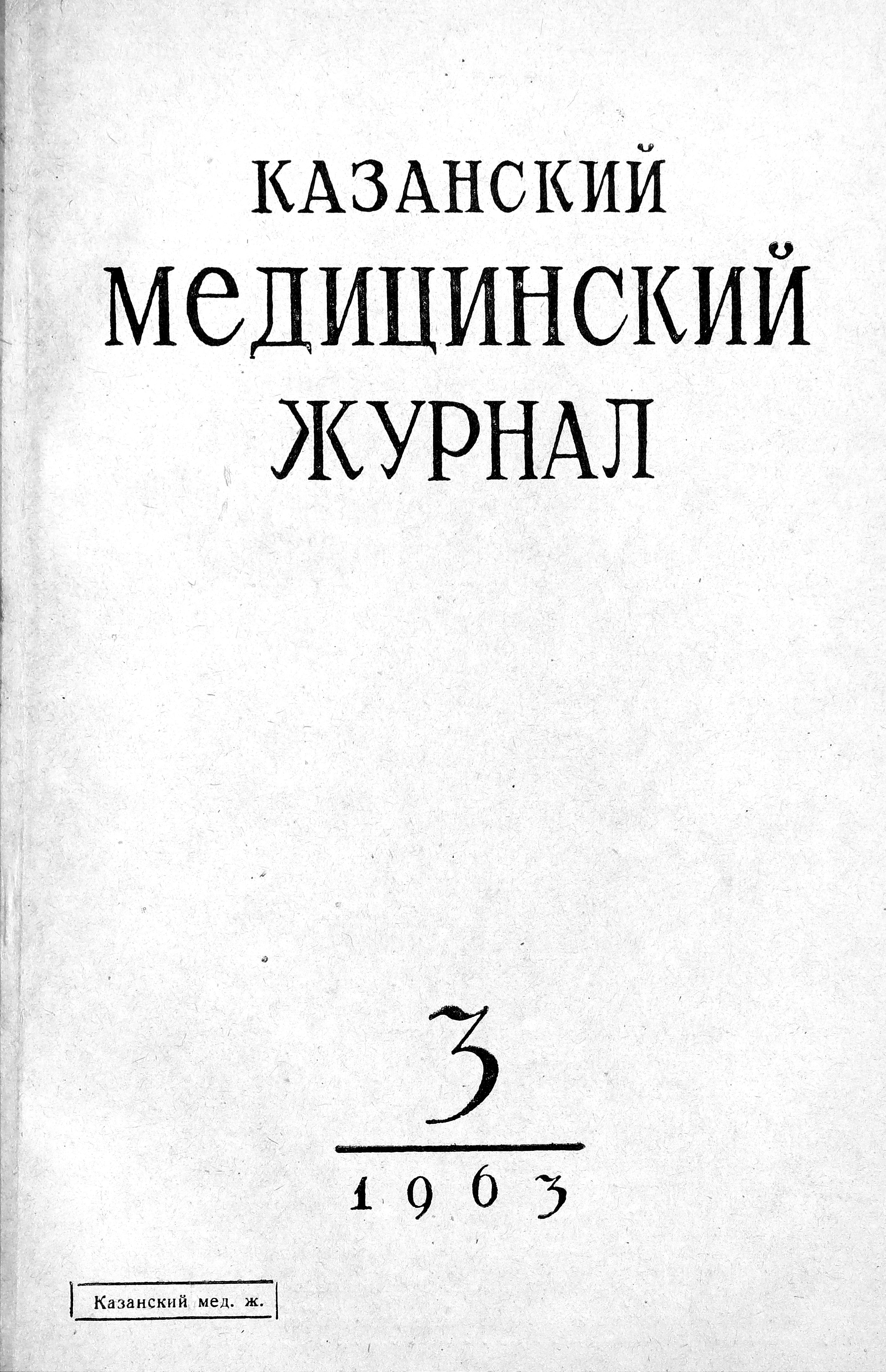Хронический неспецифический язвенный панколит, осложненный полипозом
- Авторы: Перельштейн С.Б.1
-
Учреждения:
- 2-я инфекционная больница
- Выпуск: Том 44, № 3 (1963)
- Страницы: 79-80
- Тип: Статьи
- URL: https://bakhtiniada.ru/kazanmedj/article/view/71534
- DOI: https://doi.org/10.17816/kazmj71534
- ID: 71534
Цитировать
Полный текст
Аннотация
В последние годы значительно возрос интерес к язвенным колитам в связи с явным увеличением заболеваемости в Советском Союзе и за рубежом. Если раньше это заболевание в той или иной мере отождествлялось с дизентерийными колитами, то теперь доказана его нозологическая обособленность. В литературе этот вид колита описывается как «неспецифический язвенный колит», «идиопатический язвенный колит», «тяжелый колит» и т. д. Попытки выяснить этиологию и патогенез этого страдания до сих пор были безуспешны. Существующие концепции отмечают многогранность патогенеза язвенных колитов. Развитие заболевания обусловлено иммуноаллергическими, бактериальными, нервно-эндокринными, обменными и другими сдвигами в организме. Считают, что язвенный колит является системным заболеванием, сходным с коллагенозами. Неспецифический язвенный колит встречается у людей различных возрастных групп, но чаще в возрасте от 20 до 50 лет. В старшем возрасте прогноз благоприятнее, нежели в молодом. Заболевание всегда протекает хронически в течение многих лет, сопровождаясь периодическими рецидивами, развитием системных осложнений и осложнений, связанных с поражением кишечника (анемия, тромбофлебит, гепатит, амилоидоз, перфорация, перитонит, кровотечения, полипоз, карциномы и др.). Поскольку этиология и патогенез язвенных колитов не выяснены, не нашли разрешения и вопросы рациональной терапии.
Ключевые слова
Полный текст
Открыть статью на сайте журналаОб авторах
С. Б. Перельштейн
2-я инфекционная больница
Автор, ответственный за переписку.
Email: info@eco-vector.com
Россия, Казань
Список литературы
- Бондарева Н. В., Элькина Ю. А. Клин, мед., 1961, 2
- Карнаухов В. К. Сов. мед., 1960, 7
- Полчак И., Вокурка В., Скалова М. Сов. мед., 1960, 10
Дополнительные файлы






